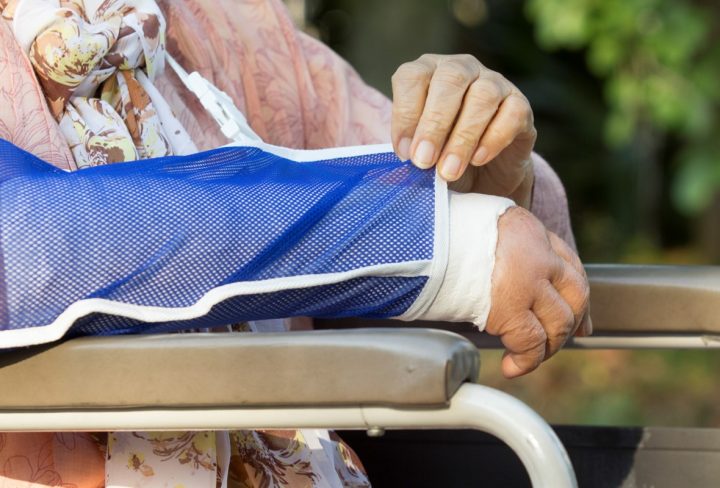As individuals age, the risk of sustaining fractures increases significantly, often due to factors such as osteoporosis and decreased bone density.
Geriatric fractures, or fractures occurring in older adults, can have serious implications for their health and quality of life.
In this blog, we’ll delve into the causes, risks, and treatment options for geriatric fractures, shedding light on this important aspect of elderly care.
The Impact of Aging on Bone Health
Age-related changes in bone density and strength
Increased susceptibility to fractures with advancing age
Common Types of Geriatric Fractures
Hip fractures: Causes, symptoms, and implications
Vertebral fractures: Understanding compression fractures and their consequences
Fractures of the wrist, ankle, and pelvis: Risk factors and treatment considerations
Underlying Causes and Risk Factors
Osteoporosis: A leading cause of geriatric fractures
Falls: The primary precipitating factor for fractures in the elderly
Medications and comorbidities: Understanding how other health conditions can contribute to fracture risk
Prevention Strategies
Fall prevention measures: Exercise, home modifications, and assistive devices
Nutrition and supplementation: Importance of calcium, vitamin D, and other nutrients for bone health
Regular screenings and bone density tests: Identifying individuals at risk and implementing preventive interventions
Diagnostic Approaches
Imaging techniques: X-rays, CT scans, and MRI used to diagnose and assess the severity of fractures
Comprehensive evaluation: Assessing bone quality, fracture stability, and associated injuries
Treatment Options
Non-surgical approaches: Rest, immobilization, and pain management for stable fractures
Surgical interventions: Internal fixation, joint replacement, and minimally invasive procedures for complex fractures
Rehabilitation and physical therapy: Restoring mobility, strength, and function post-fracture
Multidisciplinary Approach to Care
Collaborative efforts involving orthopedic surgeons, geriatricians, physical therapists, and other healthcare professionals
Individualized care plans tailored to the unique needs and preferences of older adults
Recovery and Rehabilitation
Importance of early mobilization and rehabilitation in preventing complications
Long-term management strategies to minimize the risk of recurrent fractures
Geriatric fractures represent a significant health concern among older adults, highlighting the importance of preventive measures, early detection, and timely intervention.
By understanding the underlying causes, implementing preventive strategies, and providing comprehensive care, we can improve outcomes and enhance the quality of life for elderly individuals at risk of fractures.
Let’s work together to support the health and well-being of our aging population.

